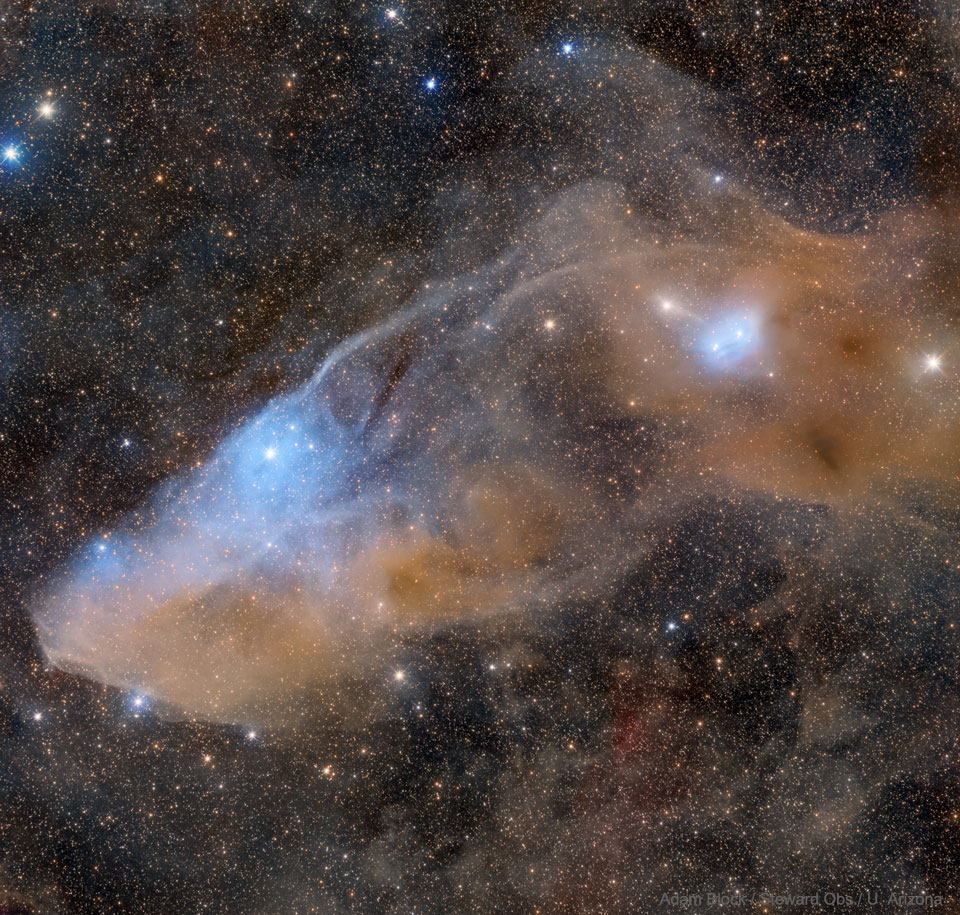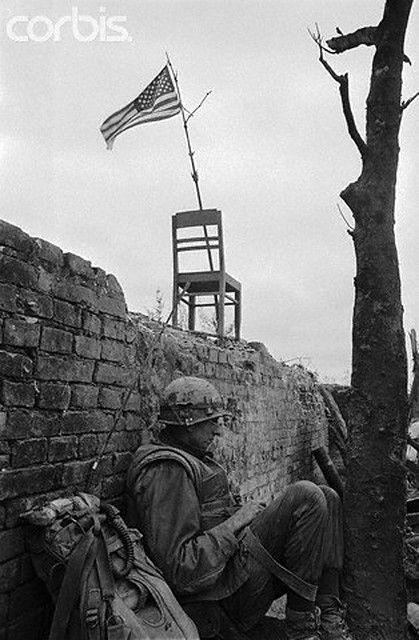Blog
William John Clifton Haley (/ˈheɪli/; July 6, 1925 – February 9, 1981) was a pioneering American rock and roll musician. He is credited by many with first popularizing this form of music in the early 1950s with his group Bill Haley & His Comets and million-selling hits such as “Rock Around the Clock“, “See You Later, Alligator“, “Shake, Rattle and Roll“, “Rocket 88“, “Skinny Minnie“, and “Razzle Dazzle”. His recordings have sold over 60 million records worldwide.
Haley was born July 6, 1925 in Highland Park, Michigan. In 1929, the four-year-old Haley underwent an inner-ear mastoid operation which accidentally severed an optic nerve, leaving him blind in his left eye for the rest of his life. It is said that he adopted his trademark kiss curl over his right eye to draw attention from his left, but it also became his “gimmick”, and added to his popularity.
more...Louie Bellson (born Luigi Paulino Alfredo Francesco Antonio Balassoni on July 6, 1924 – February 14, 2009), known by the stage name Louie Bellson (his own preferred spelling, although he is often seen in sources as Louis Bellson), was an American jazz drummer. He was a composer, arranger, bandleader, and jazz educator, and is credited with pioneering the use of two bass drums.
Bellson was an internationally acclaimed artist who performed in most of the major capitals around the world. Bellson and his wife, actress and singer Pearl Bailey (married from 1952 until Bailey’s death in 1990), had the second highest number of appearances at the White House (only Bob Hopehad more).
Bellson was a vice president at Remo, a drum company. He was inducted into the Modern Drummer Hall of Fame in 1985. Bellson was born in Rock Falls, Illinois in 1924, where his father owned a music store. He started playing drums at three years of age. While still a young child, Bellson’s father moved the family and music store to Moline, Illinois. At 15, he pioneered using two bass drums at the same time, a technique he invented in his high school art class. At age 17, he triumphed over 40,000 drummers to win the Slingerland National Gene Krupa contest.
more...https://www.youtube.com/watch?v=0gsjeI2pozA
more...The main part of the here imaged molecular cloud complex is a reflection nebula cataloged as IC 4592. Reflection nebulas are actually made up of very fine dust that normally appears dark but can look quite blue when reflecting the visible light of energetic nearby stars. In this case, the source of much of the reflected light is a star at the eye of the horse. That star is part of Nu Scorpii, one of the brighter star systems toward the constellation of the Scorpion (Scorpius). A second reflection nebula dubbed IC 4601 is visible surrounding two stars to the right of the image center.

Jaime Royal “Robbie” Robertson, OC (born July 5, 1943), is a Canadian musician, songwriter, film composer, producer, actor, and author. Robertson is best known for his work as lead guitarist and songwriter for The Band, and for his career as a solo recording artist.
Robertson’s work with The Band was instrumental in creating the Americana music genre. Robertson has been inducted into the Rock and Roll Hall of Fame and the Canadian Music Hall of Fame as a member of The Band, and has been inducted to Canada’s Walk of Fame, both with The Band and on his own. He is ranked 59th in Rolling Stone magazine’s list of the 100 greatest guitarists.[3] As a songwriter, Robertson is credited for writing “The Weight“, “The Night They Drove Old Dixie Down“, “Up on Cripple Creek“, “Broken Arrow“, “Somewhere Down the Crazy River“, and many others. He has been inducted into the Canadian Songwriters Hall of Fame, and received a Lifetime Achievement Award from the National Academy of Songwriters.[4]
As a film soundtrack producer and composer, Robertson is known for his collaborations with director Martin Scorsese, which began with the rockumentary film The Last Waltz (1978), and continued through a number of dramatic films, including Raging Bull (1980), The King of Comedy(1983), Casino (1995), The Departed (2006), The Wolf of Wall Street (2013) and The Irishman (2019). He has worked on many other soundtracks for film and television.
more...Arthur Murray Blythe (May 7, 1940 – March 27, 2017) was an American jazz alto saxophonist and composer. He was described by critic Chris Kelsey as displaying “one of the most easily recognizable alto sax sounds in jazz, big and round, with a fast, wide vibrato and an aggressive, precise manner of phrasing” and furthermore as straddling the avant garde and traditionalist jazz, often with bands featuring unusual instrumentation.
Born in Los Angeles, Blythe lived in San Diego, returning to Los Angeles when he was 19 years old. He took up the alto saxophone at the age of nine, playing R&B until his mid-teens when he discovered jazz. In the mid-1960s, Blythe was part of the Underground Musicians and Artists Association (UGMAA), founded by Horace Tapscott, on whose 1969 The Giant Is Awakened he made his recording debut.
more...Overton Amos Lemons (July 5, 1913 – October 7, 1966), known as Smiley Lewis, was an American New Orleans rhythm and blues singer and guitarist. The music journalist Tony Russell wrote that “Lewis was the unluckiest man in New Orleans. He hit on a formula for slow-rocking, small-band numbers like ‘The Bells Are Ringing’ and ‘I Hear You Knocking‘ only to have Fats Domino come up behind him with similar music with a more ingratiating delivery. Lewis was practically drowned in Domino’s backwash.”
Lemons was born in DeQuincy, Louisiana, a rural hamlet near Lake Charles, to Jeffrey and Lillie Mae Lemons. He was the second of three sons. His mother died while he was a child, and later he named a song[4] and several automobiles after her. In his mid-teens, he hopped a slow-moving freight train with some friends, who jumped off when the train began to speed up. Lewis alone remained on the train, getting off when it reached its stop in New Orleans. He found boarding with a Caucasian family in the Irish Channel neighborhood and eventually adopted their surname, Lewis.
more...GK Persei (also Nova Persei 1901) was a bright nova first observed on Earth in 1901. It was discovered by Thomas David Anderson, an Edinburgh clergyman, at 02:40 UT on 22 February 1901 when it was at magnitude 2.7. It reached a maximum magnitude of 0.2, the brightest nova of modern times until Nova Aquilae 1918. After fading into obscurity at about magnitude 12 to 13 during the early 20th century, GK Persei began displaying infrequent outbursts of 2 to 3 magnitudes (about 7 to 15 times quiescent brightness). Since about 1980, these outbursts have become quite regular, typically lasting about two months and occurring about every three years. Thus, GK Persei seems to have changed from a classical nova like Nova Aquilae 1918 to something resembling a typical dwarf nova-type cataclysmic variable star.
Surrounding GK Persei is the Firework nebula, a nova remnant first detected in 1902 consisting of an expanding cloud of gas and dust bubbles moving up to 1200 km/s.

William Harrison “Bill” Withers Jr. (July 4, 1938 – March 30, 2020 Slab Fork, WV) was an American singer-songwriter and musician. He had several hits over a relatively short career of fifteen years, including “Ain’t No Sunshine” (1971), “Grandma’s Hands” (1971), “Use Me” (1972), “Lean on Me” (1972), “Lovely Day” (1977) and “Just the Two of Us” (1981). Withers won three Grammy Awards and was nominated for six more. His life was the subject of the 2009 documentary film Still Bill. Withers was inducted into the Songwriters Hall of Fame in 2005 and Rock and Roll Hall of Fame in 2015. Two of his songs were inducted into the Grammy Hall of Fame.
more...
Fred Wesley (born July 4, 1943) is an American trombonist who worked with James Brown in the 1960s and 1970s and Parliament-Funkadelic in the second half of the 1970s.
Wesley was born the son of a high school teacher and big band leader in Columbus, Georgia, and raised in Mobile, Alabama. As a child he took piano and later trumpet lessons. He played baritone horn and trombone in school, and at around age 12 his father brought a trombone home, whereupon he switched (eventually permanently) to trombone.
During the 1960s and 1970s he was a pivotal member of James Brown‘s bands, playing on many hit recordings including “Say it Loud – I’m Black and I’m Proud,” “Mother Popcorn” and co-writing tunes such as “Hot Pants.” His slippery riffs and pungent, precise solos, complementing those of saxophonist Maceo Parker, gave Brown’s R&B, soul, and funk tunes their instrumental punch. In the 1970s he also served as band leader and musical director of Brown’s band the J.B.’s and did much of the composing and arranging for the group. His name was credited on ‘Fred Wesley & the J.B.’s’ recording of “Doing It to Death,” which sold over one million copies, and was awarded a gold disc by the R.I.A.A. in July 1973. He left Brown’s band in 1975 and spent several years playing with George Clinton‘s various Parliament-Funkadelic projects, even recording a couple of albums as the leader of a spin-off group, The Horny Horns.
more...Michael T. Mainieri Jr. is an American vibraphonist known for his work with the jazz fusion group Steps Ahead. He is married to singer-songwriter and harpist Dee Carstensen. Born: July 4, 1938 (age 83 years), New York, NY
Mainieri was a pioneer in introducing an electronic vibraphone, known as a synth-vibe, and has recorded with such musicians as Buddy Rich, Wes Montgomery and Jeremy Steig. He performed for a live album by Laura Nyro and was featured on several tracks from the Dire Straits album Love Over Gold (1982), as well as on “Ride Across the River” on the album Brothers in Arms (1985). He performed on the albums Heads by Bob James, Heart to Heart by David Sanborn, and Tiger in the Rain by Michael Franks.
He has also released numerous albums and videos as a leader for a variety of labels, most notably his 1980 album for Warner Bros. entitled Wanderlust, which featured Michael Brecker and other members of Steps Ahead. He produced three albums for Carly Simon. Mainieri married singer-songwriter/harpist Dee Carstensen in 1993.
more...The North America Nebula (NGC 7000 or Caldwell 20) is an emission nebula in the constellation Cygnus, close to Deneb (the tail of the swan and its brightest star). The shape of the nebula resembles that of the continent of North America, complete with a prominent Gulf of Mexico.
It is 3 hours and 10 minutes in hubble palette of the nebula ngc 7000, more specifically the area of the wall and the gulf of mexico.
The photograph has been taken from Ciutadella de Menorca, Balearic Islands, Spain.
The equipment used has been an Explore Scientific 127mm carbon fiber with its 0.7x to F5.2 corrector using the ASI 1600 MM Pro camera with SHO astronomik 6nm filters and a SkyWatcher EQ6R mount.

Lonnie Smith (born July 3, 1942), styled Dr. Lonnie Smith, is an American jazz Hammond B3 organist who was a member of the George Bensonquartet in the 1960s. He recorded albums with saxophonist Lou Donaldson for Blue Note before being signed as a solo act. He owns the label Pilgrimage.
He was born in Lackawanna, New York, into a family with a vocal group and radio program. Smith says that his mother was a major influence on him musically, as she introduced him to gospel, classical, and jazz music. He was part of several vocal ensembles in the 1950s, including the Teen Kings which included Grover Washington Jr., on sax and his brother Daryl on drums. Art Kubera, the owner of a local music store, gave Smith his first organ, a Hammond B3.
more...Fontella Marie Bass (July 3, 1940 – December 26, 2012) was an American R&B and soul singer and songwriter best known for her number-one R&B hit “Rescue Me” in 1965.
Fontella Bass was born in St. Louis, Missouri. She was the daughter of gospel singer Martha Bass, who was a member of the Clara Ward Singers, and the older sister of R&B singer David Peaston. At an early age, Fontella showed great musical talent. At the age of five, she provided the piano accompaniment for her grandmother’s singing at funeral services, she sang in her church’s choir at six, and by the time she was nine, she had accompanied her mother on tours throughout the South and Southwest America.
Bass continued touring with her mother until age of sixteen. As a teenager, Bass was attracted by more secular music. She began singing R&B songs at local contests and fairs while attending Soldan High School from which she graduated in 1958. At 17, she started her professional career working at the Showboat Club near Chain of Rocks, Missouri. In 1961, she auditioned on a dare for the Leon Claxton carnival show and was hired to play piano and sing in the chorus for two weeks, making $175 per week for the two weeks it was in town. She wanted to go on tour with Claxton but her mother refused and according to Bass “… she literally dragged me off the train”. It was during this brief stint with Claxton that she was heard by vocalist Little Milton and his bandleader Oliver Sain who hired her to back Little Milton on piano for concerts and recording.
more...More Posts
- Lucky Thompson Day
- World Music with Sherrifo Konteh
- Daily Roots with Culture
- The Cosmos with NGC 3190
- Jaki Byard Day
- Erroll Garner Day
- World Music with Paco Soto
- Daily Roots with Amy Winehouse
- The Cosmos with RCW 57
- Marcus Miller Day
- Kenny Drew Jr Day
- Junior Walker Day
- World Music with Amadu Bansang Jobarteh
- Daily Roots with Sly & Robbie
- The Cosmos with NGC 6164
- Attila Zoller Day
- Wild Bill Moore Day
- Don Cheatham Day
- World Music with Slonovski Bal
